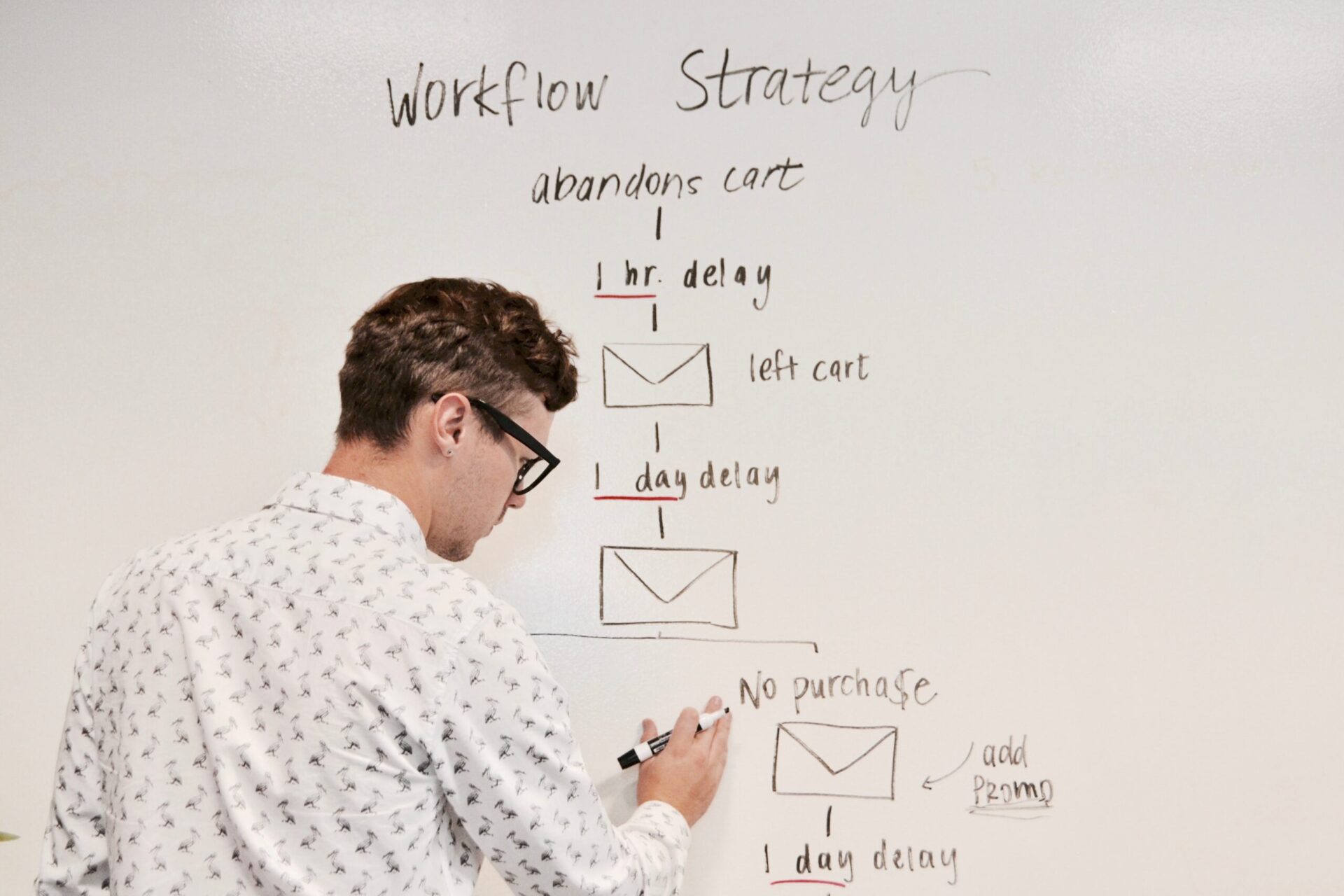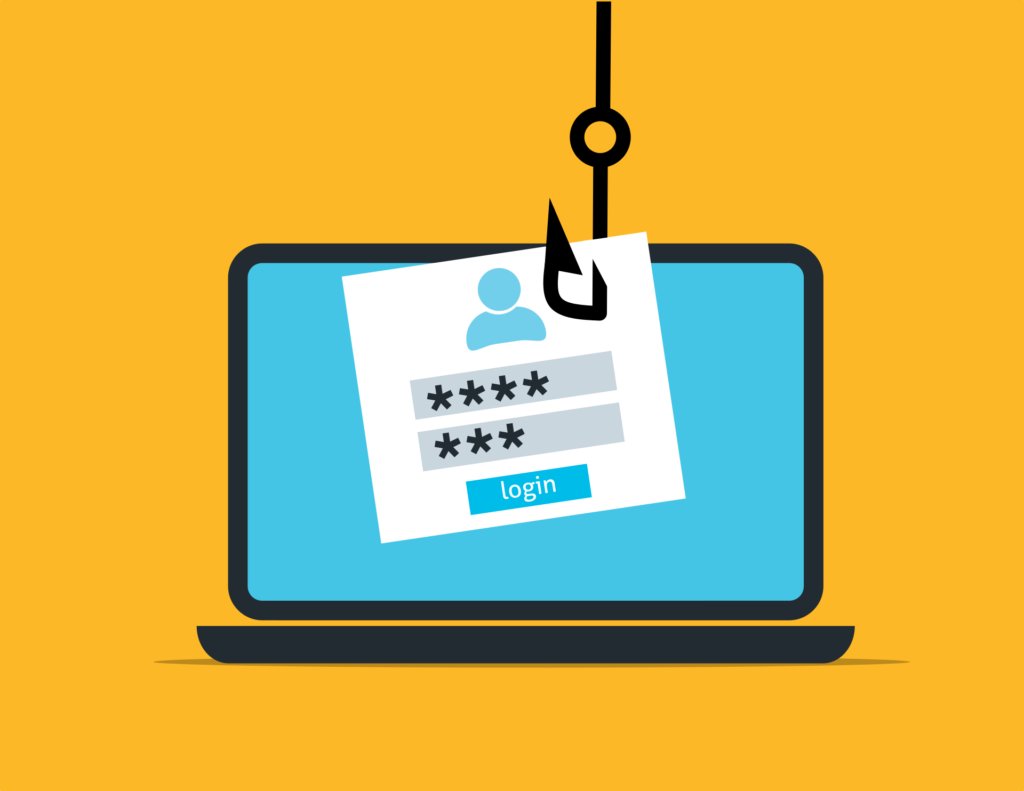Boosting Web Traffic with Email Marketing
Boosting Web Traffic with Email Marketing

Tired of seeing sponsored ads and paid promotions in your social media feeds?
Like you, most consumers are looking for a more personalized experience online.
So what’s the best way to reach those users online?
One of the most effective marketing channels is Email Marketing. The ROI of email marketing is at least double that of any other digital marketing channel. Reach your consumers where you know they already are — their inboxes.
What makes email marketing the best option for driving traffic to your website?
- Email is direct
How often do you check your email first thing in the morning?
- Last thing at night?
- In line at the grocery store?
- In the waiting room at the doctor’s office?
Email reaches people everywhere, all of the time.
That’s a pretty big deal when your goal is to communicate your message directly to your consumer.
A weakness of social media is the inability to directly target a specific audience. On socials, your message ends up in a crowded feed where it can be easily missed. With email, your message lands directly in your customer’s inbox where the chances of it being seen, opened, and read are much higher.Can you get the same results from social media?
There are over 4 billion daily active email users, more than social media platforms Facebook and Instagram combined.
Inviting a brand into your inbox is a bigger commitment than hitting “like” on a tweet. That’s a big reason why email marketing drives more conversions than any other channel. The average purchase derived from an email is more than three times higher than that of social media.
- Email is personal
Email offers you the ability to create highly personalized messages that compel the reader to engage and take action.
Rather than blasting out the same message to all consumers, you can easily tailor and target your message based on interest, demographic, location, click-throughs, browsing history, purchase history, and many other factors. Building audience segments and setting up automation lets you send the right message to the right audience, at the right time.
- Personalized experiences drive engagement.
Most consumers want relevant content and offers that adequately address their needs and they’re willing to share data about themselves in order to receive this personalization. Personalization is a key factor of what makes Email Marketing successful.
Brands who prioritize personalization have a competitive advantage.
Date shows that consumers value uniquely tailored experiences and are more likely to shop at brands that cater to their individuality. By investing in genuine relationship building and personalization, you can rise above the generic strategies of your competitors and turn casual customers into loyal ones.
As we know, consumers value personalized experiences, which makes them more willing to share information about their hobbies and interests in order to receive more tailored service from brands. By leveraging your consumers willingness, you can gather valuable insights about your customers to deliver relevant, tailored, and engaging experiences.
- Email creates brand loyalty
We’re willing to bet there’s a handful of brands whose emails you look forward to receiving. That’s because email marketing is an incredibly effective tool for cultivating customer loyalty.
Creating personalized and automated email campaigns can encourage consumers to continue to engage with a brand over time. Automated email marketing should be designed to nurture existing consumer relationships and to convert one-time customers into loyal consumers by delivering relevant messaging that encourages repeat business. Gentle, repeated notifications to a customer keeps your brand top of mind.
By offering your consumers exclusive content, discounts, and offers for subscribing to your email marketing list, you can motivate consumers to consistently and repeatedly engage with your brand.
Creating valuable loyalty programs through email marketing, you can further enhance your consumers engagement and enthusiasm for your brand.
- Email is the preferred communication channel
Consumers prefer communicating through email.
Email is a place for consumers to maintain an archive of information and receive timely notices for content updates they don’t want to miss. It is so much easier to locate an email in your inbox than it is to find a social media post within a feed.
- A generation that loves email.
With the digitization of the millennium, most consumers happily gravitate mostly toward email — a form of communication that serves them in a comfortable and familiar way.
- Email is optimized for mobile devices
About half of all internet traffic comes from a mobile device.
We probably don’t need to tell you this, but people are on their phones a lot. Email marketing is an excellent way to reach consumers where they’re at — their phones. Few marketing channels can be this certain to meet someone where you know they can be reached.
The prevalence of in-app purchasing among consumers emphasizes the importance of mobile optimization. Brands need to ensure that their email marketing and website purchasing processes are mobile-friendly. Optimizing your brand’s mobile experience and offering convenient and secure purchasing options are critical to maximizing opportunities.
- Email is cost-effective
Compared to traditional marketing effort, email marketing is very inexpensive. There is no cost for print, postage, ad space, or any other associated costs. The only costs associated with email marketing are paying for an email service provider (Partek’s got you covered there!) and the labor that goes into creating your campaigns.
You can send as many emails as you’d like — like newsletters, welcome emails, transactional emails, customer retention emails, new product launches, follow-up emails, etc.
Email marketing is one of, if not the most profitable marketing channels out there, with a return on investment (ROI) ranging anywhere from 3600% to 4400%. That’s between $36-$44 for every $1 spent on email marketing.
- Email is measurable
Don’t forget to dive into your data.
Email marketing analytics allows you to easily draw correlations between your marketing efforts and an uptick in traffic or sales. Even better, if your selling products online through an e-commerce platform, you can track purchases that are a direct result of each email click.
By measuring the success of email campaigns, businesses are able to continually improve their approach and build stronger customer relationships.
Customized landing pages are a critical piece of the email marketing strategy:
Why invest your energy and time to market by e-mail only to drop the user onto a generic home page?
Instead, send your visitors directly to the item or offer featured in the email to increase conversion rates.
Measuring the effect of email marketing gives you the confidence to reinvest your time and money where it counts — helping your customers find your business.
Just how valuable are email marketing campaigns?
Email marketing is one of, if not the most profitable marketing channels out there, with a return on investment (ROI) ranging anywhere from 3600% to 4400%. That’s between $36-$44 for every $1 spent on email.
With returns like that, email should be included in everyone’s marketing efforts. While other mediums, such as social media, can be important for awareness and engagement, they simply don’t drive revenue as reliably as email marketing does. Unlike some more advanced marketing tactics, getting started with email marketing is relatively easy.
Get in touch with Partek to get your email marketing campaign started!
Email marketing continues to prove its value. We can help with a marketing strategy to grow your readership, attract subscribers, and drive revenue.
Resource: Proofpoint



